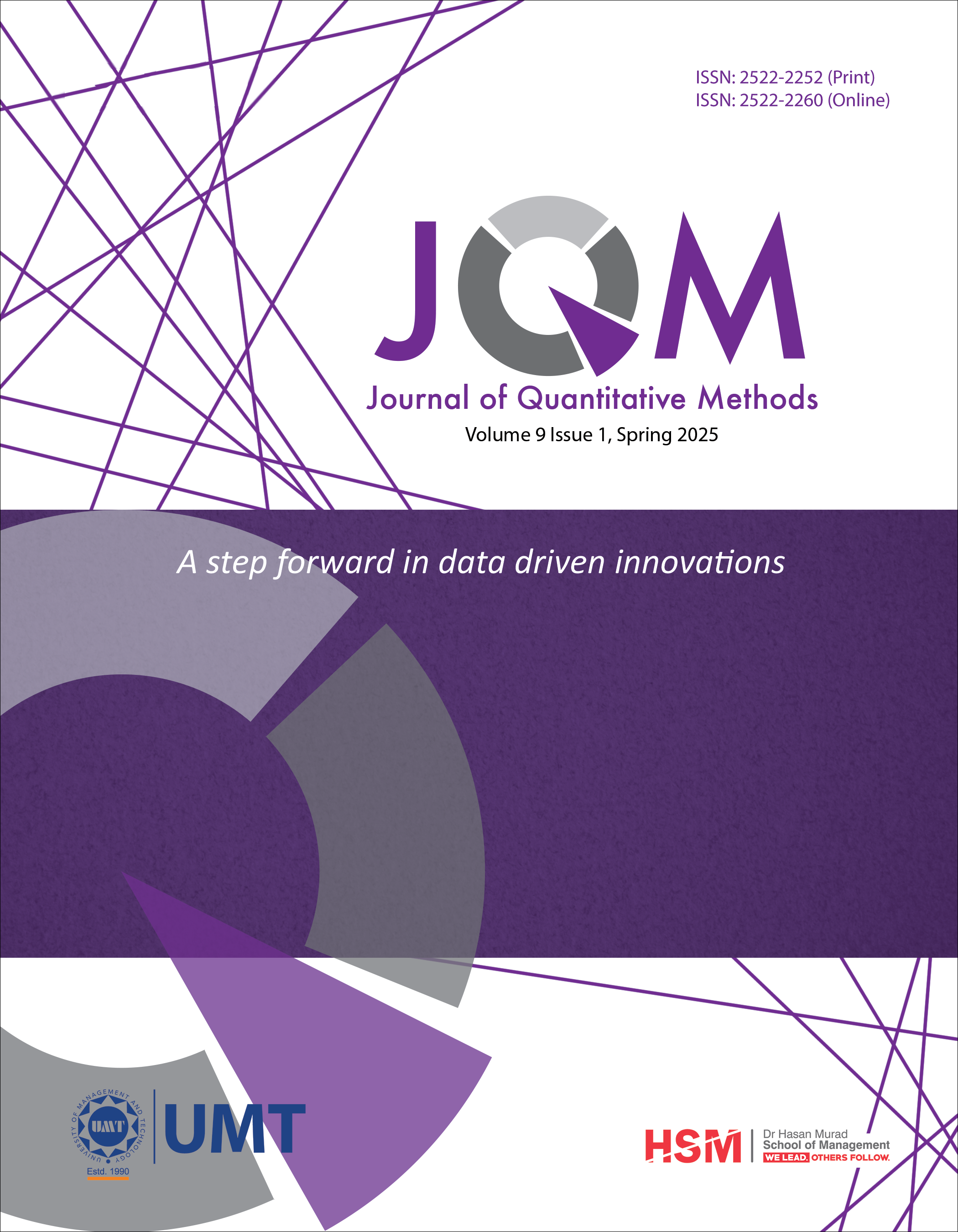The dynamic relationship between international tourism and CO2 emissions: An empirical analysis
Abstract
This paper scrutinizes the dynamic relationship between international tourism and CO2 emissions for the global countries spanning over the period 1990-2018. The study used panel econometric techniques as it accounts for heteroskedasticity and first order autocorrelation problem. Results from fixed effects (FE) and random effects (RE) model describe that international tourism significantly contributes to the level of CO2 emissions and energy consumption, urbanization, trade and foreign direct investment have long run relationship with CO2 emissions. This study uses energy consumption, urbanization, trade and foreign direct investment as control explanatory variables. The long run association between economic growth and CO2 emissions has been examined through using Environmental Kuznets Curve (EKC) hypothesis. The long run estimates support EKC hypothesis. The study examined the impacts of international tourism on CO2 emissions across developed and developing countries. However, the empirical findings document that, for developed countries tourism leads to increase in carbon emissions while for developing countries tourism leads to reduction in carbon emissions. Finding of the study are important for policy makers and suggest that sustainable tourism management policies, environmental protection policies and lower emissions technology should be promoted in international tourism.
Downloads
Copyright (c) 2025 Nosheen Nasir

This work is licensed under a Creative Commons Attribution 4.0 International License.
JQM follows an open-access publishing policy and full text of all published articles is available free, immediately upon publication of an issue. The journal’s contents are published and distributed under the terms of the Creative Commons Attribution 4.0 International (CC-BY 4.0) license. Thus, the work submitted to the journal implies that it is original, unpublished work of the authors (neither published previously nor accepted/under consideration for publication elsewhere). On acceptance of a manuscript for publication, a corresponding author on the behalf of all co-authors of the manuscript will sign and submit a completed Copyright and Author Consent Form.







